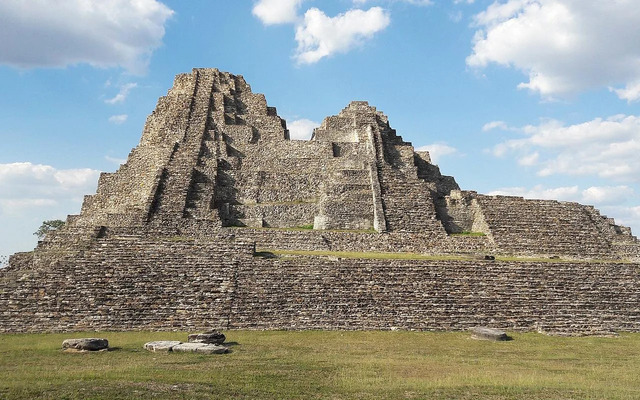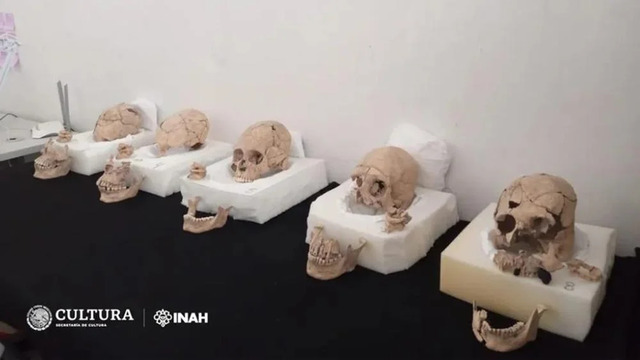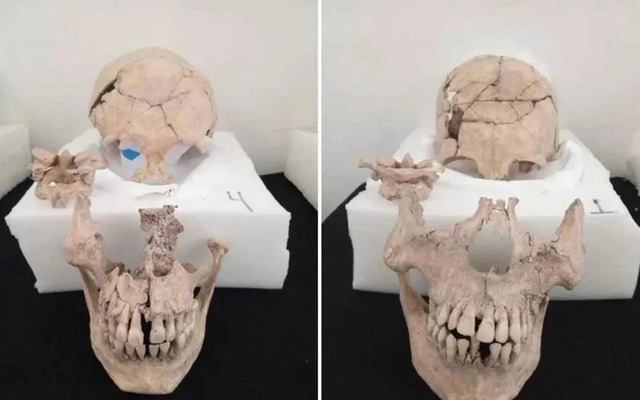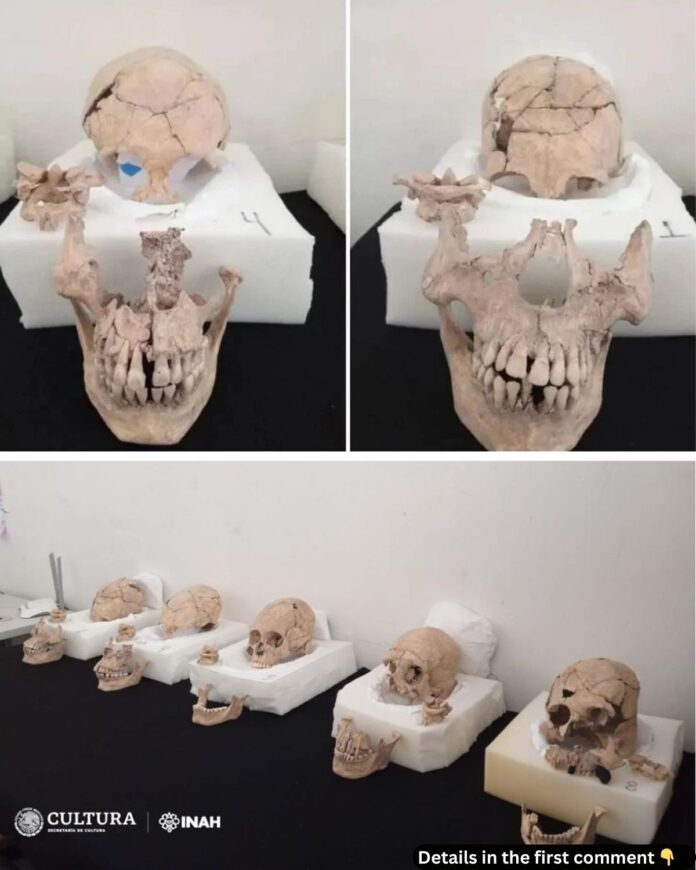Archaeologists from the National Institute of Anthropology and History (INAH) have uncovered significant insights into the cultural and ritual practices of the Maya civilization during excavations at Moral-Reforma, a historic city in the Mexican state of Tabasco. This discovery sheds light on the deeply spiritual and symbolic traditions of the Maya during the Classic Period.
Moral-Reforma: A Glimpse into the Past
Moral-Reforma, located along the San Pedro Mártir River, emerged as a vital trading hub around CE 300 and reached its peak between CE 622 and 756. This ancient city boasted an impressive array of palaces, plazas, and pyramid complexes, reflecting its importance in Maya society.

Recent excavations focused on Structure 18, a pyramid situated near the main temple complex, where archaeologists unearthed 13 burial sites. These discoveries provide a window into the spiritual life of the Maya, revealing rituals and customs tied to their beliefs about the afterlife and divine worship.
Discover the progress of the Tren Maya project in Moral Reforma and Tenosique, Tabasco – watch the video to learn about the advancements and impact of the Promeza program!
Burial Practices and Social Hierarchy
Analysis of the remains suggests that these burials were carefully arranged, reflecting the social status and spiritual significance of the individuals. Some of the skulls exhibit signs of cranial modification, a practice in which the Maya intentionally shaped skulls to symbolize elevated social or spiritual status. This cultural practice highlights the importance of identity and hierarchy within Maya society.
In addition, researchers found evidence that these burials were offerings to a deity of the Maya underworld, aimed at sanctifying the temple and connecting the physical and spiritual worlds. The arrangement of the burials and the associated artifacts emphasize the intricate relationship between ritual and religion in Maya culture.

Cultural and Ritual Significance
While previous studies have noted the importance of offerings in Maya culture, the findings at Moral-Reforma expand our understanding of the rituals associated with temple sanctification. The discovery of these remains suggests that the Maya engaged in elaborate ceremonies to honor their deities and ensure the prosperity of their society.
Artifacts uncovered during the excavation, including ceramics and decorative items, further illustrate the sophistication of Maya craftsmanship. These objects, combined with the burial practices, underscore the deeply symbolic nature of Maya rituals and their commitment to spiritual traditions.
A New Perspective on Maya Beliefs
One of the most intriguing aspects of this discovery is the insight it provides into the Maya’s view of the afterlife and the divine. The burial sites not only reflect individual status but also serve as a testament to the community’s collective devotion to their gods. This finding aligns with depictions of Maya rituals in ancient sculptures and murals, offering a more comprehensive understanding of their spiritual life.
Human Sacrifice in Context

While human sacrifice has often been associated with the Maya, the findings at Moral-Reforma offer a nuanced perspective. These practices were deeply embedded in the Maya’s cosmological beliefs and were performed as acts of devotion rather than acts of violence. The careful arrangement of the burial sites and the inclusion of symbolic artifacts suggest a ritualistic intent aimed at achieving spiritual harmony and balance.
Video
Explore the mysteries of a Maya pyramid in Mexico, revealing deformed skulls and ritual beheadings – watch the video to uncover the dark secrets of this ancient site!
Expanding Our Understanding of Maya Civilization
The discovery at Moral-Reforma is part of a broader effort to uncover the cultural and historical richness of the Maya civilization. To date, 76 pre-Hispanic structures have been identified at the site, with ongoing excavations continuing to reveal new insights. Each discovery contributes to our understanding of the Maya’s advanced society, their rituals, and their enduring legacy.
Conclusion
The findings at Moral-Reforma highlight the complexity and depth of Maya cultural and spiritual practices. From cranial modification to carefully arranged burials, these discoveries provide invaluable insights into a civilization that continues to captivate the world. As researchers delve deeper into the remains and artifacts, they unravel the intricate tapestry of Maya society, offering a profound appreciation for its contributions to human history.
